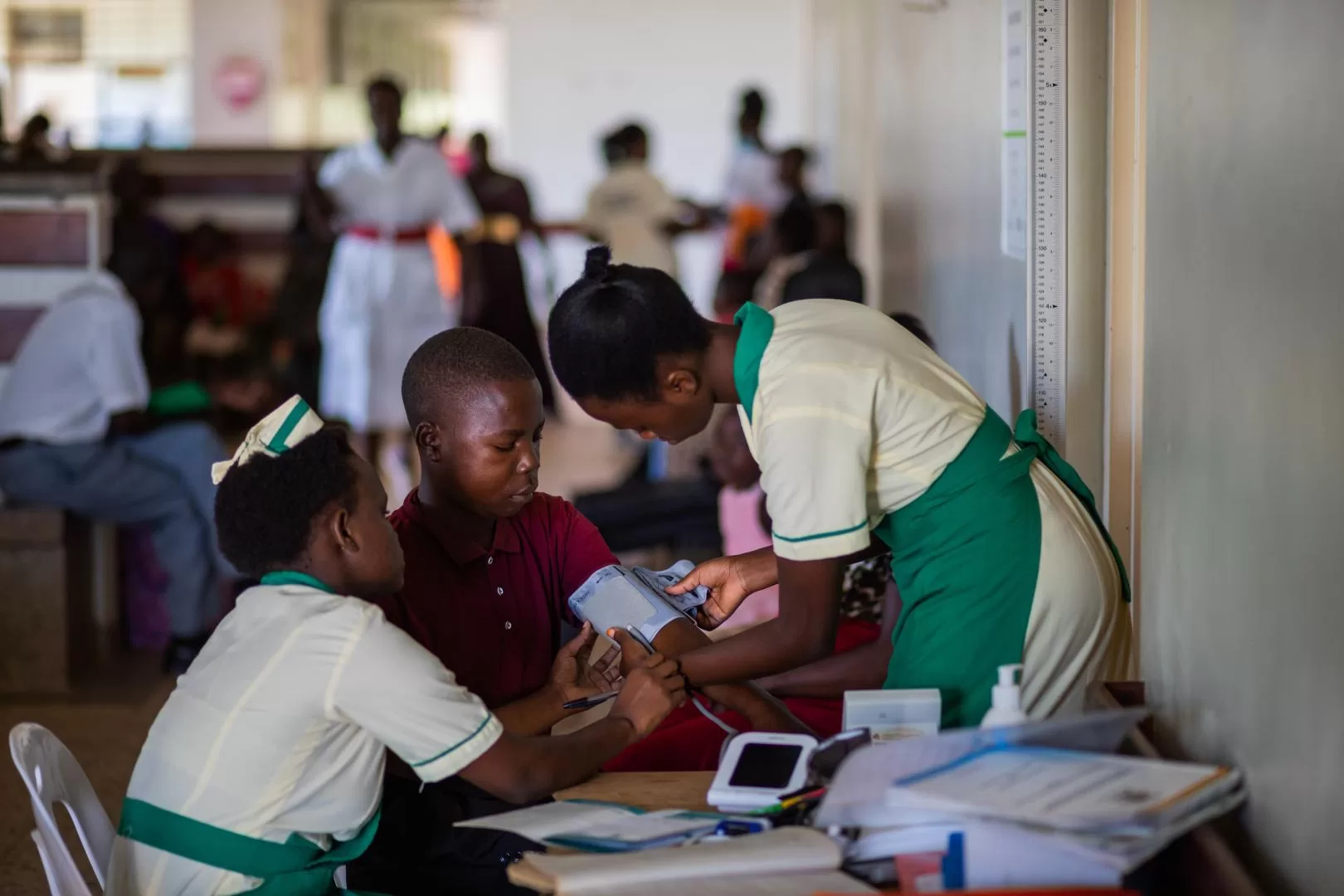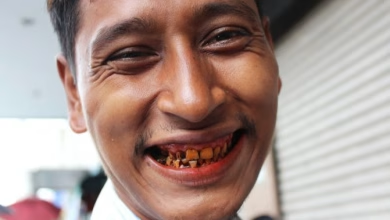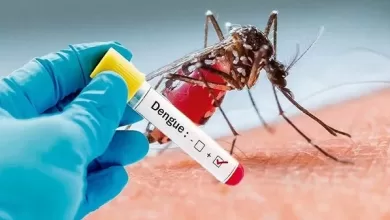The World Health Organization (WHO) has launched a groundbreaking new framework to tackle the growing threat of sickle cell disease in the region. The innovative approach offers actionable strategies and insights to enhance the quality of care, improve access to treatment, and boost overall health outcomes.
According to the WHO, despite significant advances in sickle cell disease treatment globally, substantial challenges persist in ensuring equitable access to these treatments in low- and middle-income countries, particularly in the African region. Approximately 240,000 children in Africa are born with sickle cell disease annually, with up to 80% of them succumbing to severe infections or acute chest syndrome before the age of five.
Dr. Benido Impouma, Director of Universal Health Coverage/Communicable & Noncommunicable Diseases Programme at WHO Africa, expressed confidence in the new guidance, stating that it will serve as a valuable tool for countries, tailored to the African reality, where a multi-faceted approach is crucial.
The new WHO Africa guidance documents, titled Guidance Framework for Sickle Cell Disease Management and Harmonized Guide for Sickle Cell Disease Management in Africa, provide strategic guidance for policies, comprehensive care plans, and advocacy efforts. The documents form the WHO SICKLE Package of Interventions for Sickle Cell Disease Management, aiming to provide a holistic approach to managing the disease.
Developed with support from the Government of Monaco and other partners, the package reflects the latest research, best practices, and innovative approaches to sickle cell disease management, making them essential tools for healthcare providers, policymakers, and advocates.
WHO Africa has been at the forefront of the fight against sickle cell disease since 2010, focusing on disease interventions, innovative treatment technologies, and medicines. Progress includes the adoption of accurate and inexpensive point-of-care screening and the availability of hydroxyurea in 11 countries. However, significant challenges persist, including limited healthcare infrastructure, lack of awareness and education, and inadequate access to comprehensive care.
The new guidance framework is a crucial step in addressing these challenges and strengthening efforts to combat sickle cell disease in the region.




